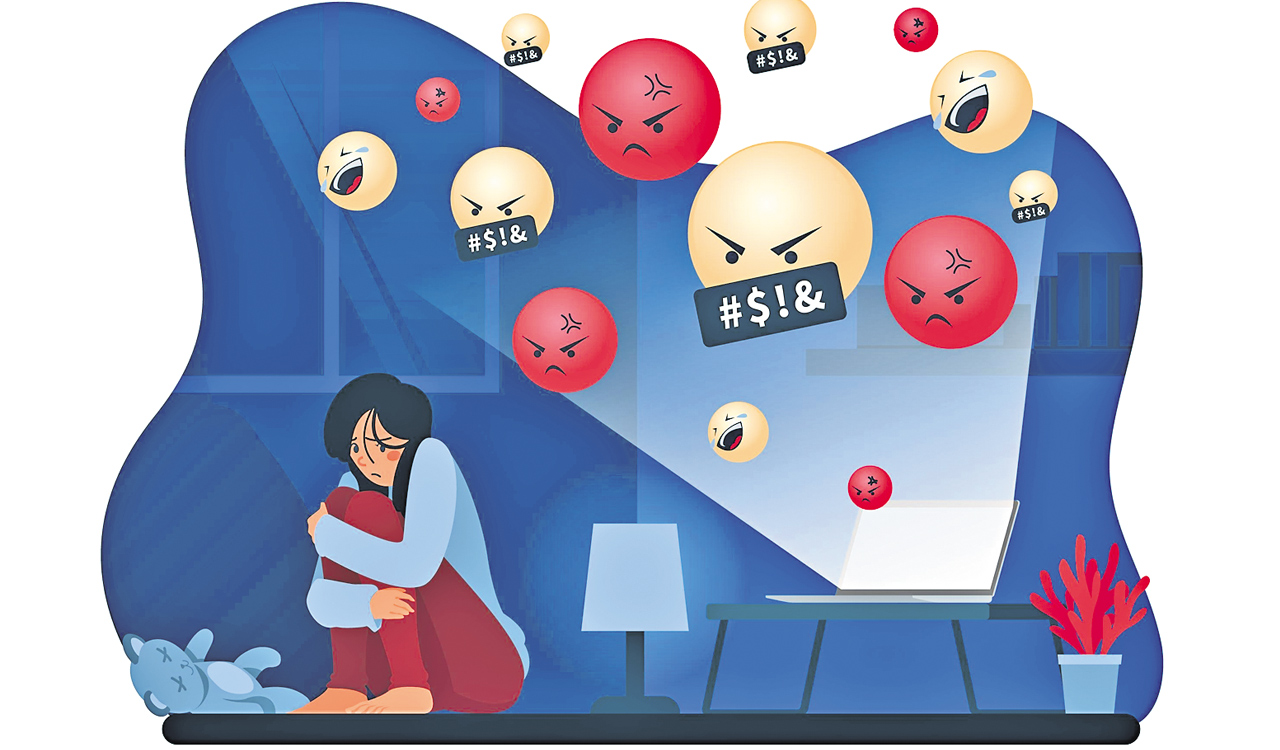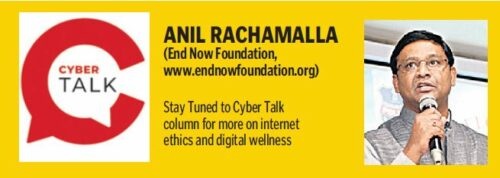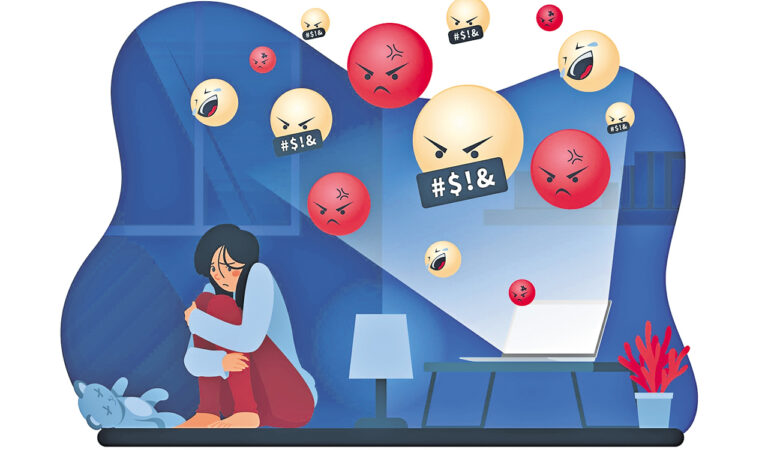Release Date: Release Date – 12:50 AM, Tuesday – November 8th

Never share your personal or sensitive information with strangers on social media platforms.
Social media is seen as a very powerful means of freedom of speech and expression. It has become the voice of the silent. On the other hand, it is also the site of sexism, racism, homophobia and other acts of violence that adversely affect victims.
Cyberstalking is the repeated tracking of individuals through the use of electronic means, i.e. social media platforms, such as making unwanted calls, leaving unwanted messages, monitoring or monitoring an individual’s social media activity, posting or threatening to post unwanted messages on the internet Wait. Cyberstalking can cause emotional distress and may also cause physical harm to the victim.
Types of cyberstalking are (a) the creation of false profiles on social media or the reproduction of existing profiles in order to approach and abuse victims. (b) Monitor check-ins: Pay close attention to victims’ social media activity to measure behavioral patterns. (c) Espionage to find locations from victim posts on social media via Google Maps and Google Street View. (d) Hijacking webcams: By introducing malware-infected files into victims’ computers and hijacking their webcams. (e) Tracking location using geotagging: Images are mostly geotagged with the time and location of the image in a metadata format. This makes it easier for stalkers to access victims’ information.
How to avoid web tracking?
* Enter your biometric information carefully on social platforms.
* Enable permission to tag only known or real people you know.
* Avoid using your real name; we recommend that you use a neutral screen name for all social media accounts.
* Always log out when not using a social media account, even if it’s your private system.
* Share private messages with friends via private messages instead of public posts.
* Avoid using public or shared computers or smartphones to access your social media.
* Beware of apps that want to access or track your activity on other apps.
*Never reply to calls or emails asking for personal information unless from a real or verified contact.
* Do a Google reverse image search of online contacts trying to contact you or chat with you.
* If new contacts are trying to connect and chat, we recommend video chat on Messenger instead of voice chat.
Social Media Safety Tips
* When accessing the website, use only HTTPS:// (with the padlock icon).
* Use complex passwords that contain capital letters and special characters. Also, it’s safe to set up two-step verification (2FA) for all logins.
* Do not enable your GPS location when viewing or uploading images to avoid finding your location details.
* To avoid malicious attacks when clicking on short links, please cancel the short link and check whether it is a phishing link.
* Only use end-to-end encrypted messengers.
*Never leave your webcam plugged in or cover your webcam with a “bindi” when not in use.
* Only contact real and known people. There are always hidden security threats from unknown people (alternatively, you can choose to lock your profile. Use privacy settings)
* Set privacy parameters for all your social media, messenger and email applications.
* Protect your smartphone, laptop and any other gadgets with antivirus and antimalware software
* Never share sensitive information (i.e. financial, login credentials and personal information) on social media platforms as this could put your identity at risk.
* Manage consent the same way online and offline. (i.e. expressions and ideas)
* Never access public Wi-Fi unless you are sure it is a secure network. There is a range of third parties entering the network to obtain your important information, if any.
* Only download apps from reputable sources, such as Google Play or the Apple App Store, in order to run them in a safe manner.
Report abuse on social platforms
* https://www.youtube.com/howyoutubeworks/policies/community-guidelines/
* https://www.facebook.com/help/181495968648557
* https://help.instagram.com/165828726894770/
* https://help.twitter.com/en/safety-and-security/report-abusive-behavior
* https://faq.whatsapp.com/general/security-and-privacy/staying-safe-on-whatsapp
* https://support.snapchat.com/en-US/article/safety-tips-resources
What to do if you are being abused or harassed
* If you think someone is cyberstalking (stalking you online) via spyware, don’t use this smartphone; instead, borrow a family member’s phone for further communication.
* Have a security expert check your smartphone for spyware or other signs of account theft.
* Keep a copy of the abuse that occurs on social platforms.
* Instantly change passwords for all social and email accounts.
* Set your privacy settings to block this person, then report abuse to the network (check the link above).
* If the issue is not resolved, please report it immediately on the National Cybercrime Portal https://www.cybercrime.gov.in/, file a complaint or call the national toll-free number 1930.

